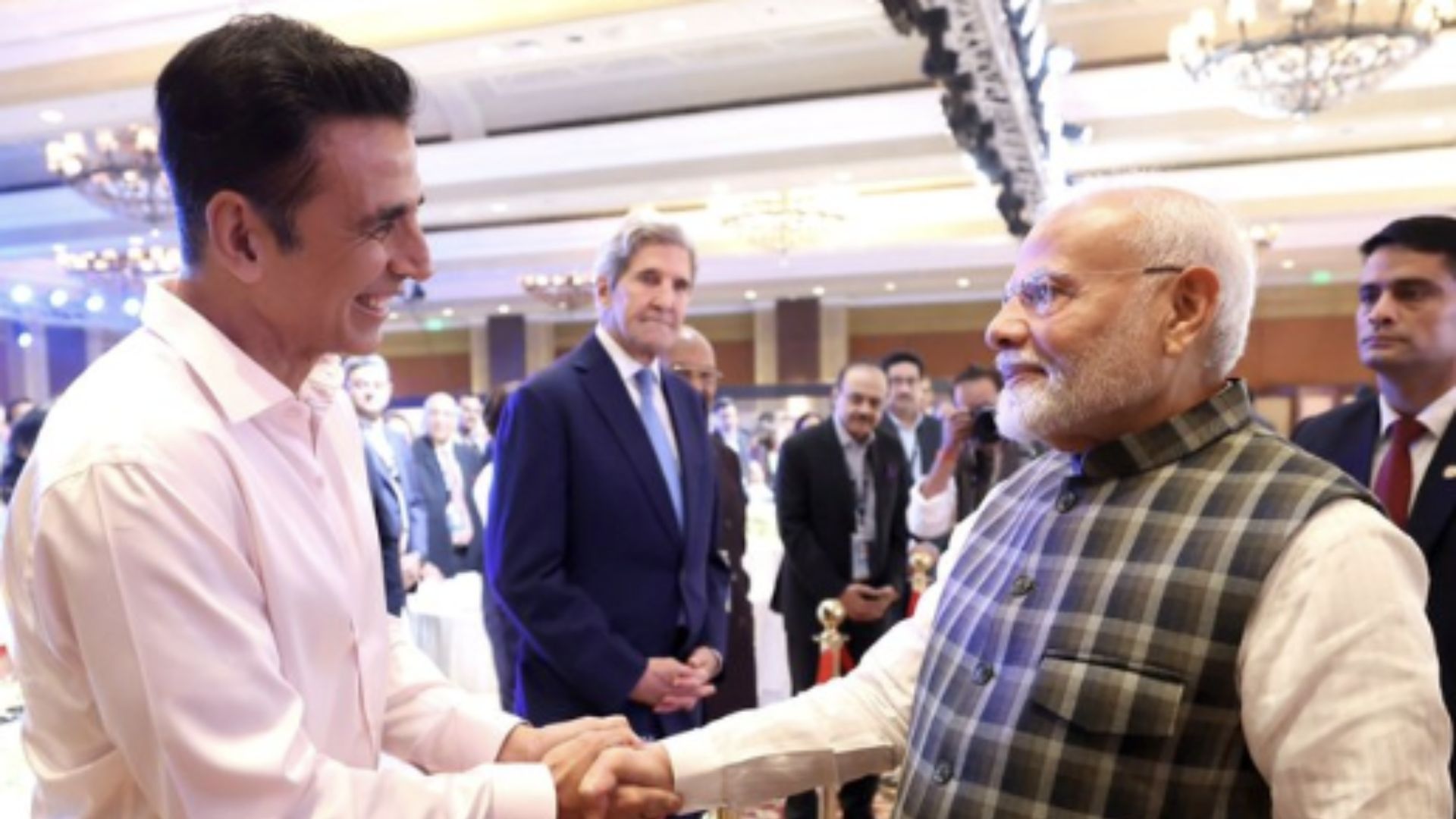
At a time when the north-eastern intention of the Central government is eyed, analysed and is met with a series of crest and trough of questions pertaining to the real-time accomplishment of the schemes, the on-field execution of the Act East Policy, the improvement of business competitiveness, the scenario of jobs and livelihood generation etc, the financial share and prospective plan for the region in the Union Budget occupies a position of greatest interest, introspection, and interrogation
With the unveiling of the ambitious Union Budget 2022 in the political corridor of India, the questions pertaining to its repercussions and reverberations and in the north-eastern belt of the country also surfaced in the socio-economic dynamics of the region, now flaunted to be high on the agenda of the Centre’s commitment. The incumbent Union Government has also been high pitched in its narrative of placing Northeast high in its financial itinerary and economic priority.
In his address to the joint sitting of the houses of the Parliament in the beginning of the Budget session, President Ram Nath Kovind projected and labelled the Centre’s renewed indulgence in the Northeast as a ‘golden chapter in India’s growth story’ asserting that all-round sustainable development in North-east is no longer a distant intangible dream. The budget which is being christened as a ‘25 year vision budget’ resonated similar spirit and sentiments , in as much as it pumped an initial allocation of a whooping amount of Rs1500 crores for North-East for projects that will not be a substitute for existing Central state schemes, but would rather be new schemes in the spirit of the PM Gati-Shakti scheme.
As opined by NITI Aayog Chief executive officer Amitabh Kant,the primary reason behind the the meagre contribution of the Northeastern region to the overall GDP of the Country ,despite being abundant in resources, is its infrastructure and connectivity constraints. As far as the central idea of the PM GatiShakti is concerned there is no iota of doubt in the fact that infrastructure and connectivity development acts as the booster dose to economic acceleration. With the afore-mentioned scheme incorporating infrastructure schemes of various ministries and State Governments like Bharatmala, inland waterways, dry/land ports, UDAN , etc and Economic Zones like textile clusters, pharmaceutical clusters, defence corridors, electronic parks, industrial corridors, fishing clusters, and agri zones, the picture of a robust economic ecosystem gains more clarity.
This is where the pre-budget speech of the President gains even more significance as it pinpoints Northeastern states being now brought on the map of rail and air connectivity. With all the capitals of the Northeastern states registering operation in the railway map and new airports and terminals being built in remote parts of the northeast, the President has applauded the sincere efforts of the incumbent government in containing the connectivity constraints to a huge extent.
The North-eastern master-plan in the budget also embeds within its ambit, a new scheme with the nomenclature, ‘Prime-Minister’s Development Initiative for the North-East (PM-DevINE)’ that is mapped to be implemented through the North-eastern Council. The spinal construct of the PM-DevINE is designed in a way that it touches the core of social and rural development in the most remote villages of the northeast. Adding that the key focus will also concentrate on the border villages with sparse population, the budget assured that developmental gains will be made tangible by addressing the common constraints of limited connectivity and infrastructure.
In conjunction with such motive, a host of preliminary projects for construction of village infrastructure, housing, tourist centres, and road connectivity has been pipelined. The essence and effort of the Pm-DevINE is intended towards enabling livelihood avenues for the youth and women of the region by bridging the gaps in various potential sectors of the region and capacity building through the development of logistics and infrastructure at the grass-root level. The initial list of projects under PM-DevINE includes Rs 67 crore NECTAR Livelihood Improvement Project, Rs 45 crore project for Promoting Scientific Organic Agriculture in North East Indian(Multi-State), Rs 129 crore project for the establishment of Dedicated Services for the Management of Paediatric and Adult Haemotolymphoid Cancers in North-East India, Rs 500 crore project for the construction of Aizawl by-pass on western Side, Rs 64 crore gap funding for passenger ropeway system from Pelling to Sanga-Choeling in West Sikkim , Rs 58 crore gap funding for eco-friendly ropeway (Cable Car) from Dhapper to Bhaleydhunga in South Sikkim, Rs 100 crore pilot project for the construction of bamboo link road at different locations in various districts in the State of Mizoram etc.
The broader visualisation is that these facilitative initiatives are likely to improve the employment possibilities in the eight North-eastern states – Assam, Meghalaya, Manipur, Mizoram, Nagaland, Tripura, Arunachal Pradesh and Sikkim.
Opinions and reactions pouring in from economic and industry observers across the northeast so far have hailed the budget as a very balanced budget will special and increased interest and indulgence in Northeast. With a 35% increase in expenditure expected to generate a driving impetus for jobs and infrastructure, experts are also viewing it as a pragmatic budget focusing on core sectors like health care, infra, MSME technology and livelihood generation.
A slice of the budget vision also shifts focus to the cause of bringing about legislative changes to promote agro-forestry and private –forestry, along with financial support to farmers belonging to schedule caste and schedule tribe who want to take up agro-forestry. With the benefits of agro–forestry ranging from enhanced yields, enhanced farmer livelihoods, improved soil health, reduced erosion, multiple modes of income generation, environmental confirmation, carbon sequestration to the agro-forests providing multiple ecological services and acting as a carbon sink, the move for agro-forestry is a leap towards sustainable farming and overall economic de-carbonization. Having said that, such initiation can be a game-changer for the Northeast being a hotspot of bio-diversity but facing a plethora of challenges like depletion of forest cover and depletion of natural resources as mapped by Global Forest Watch, a repository for forest data worldwide. With the new model intended to replace the old economic model of rapid growth, the north-eastern environmental space may sense a sigh of relief as environmental protection and conservation is expected to be backed by a financial model with equally reciprocating income generation option for farmers.
Overall, a birds-eye view of the north-eastern perspective in the Union Budget provides a taste of a progressive and reformist vision for the North-east encompassing the key elements of socio-economic momentum like infrastructure, connectivity, rural development, livelihood, health, and sustainable development. With the northeast reeling in the quagmire of central negligence for ages, the surge in demand for financial inclusion, infrastructure development, and sustainable economic emancipation happens to be central to the idea of the regional expectations. A region with strategic advantage and resource abundance, the Northeast is now a crucial category of concern in every budget session and financial dispensation.
As such, the Budget 2022 take-away for the North-east can be said to have generated an affirmative and favourable environment for its overall development owing to increased financial assurance and a more planned approach. Implementation, of course will play the role of the final deal-sealer but to start with, such planned and financially back proposition seems to propel reasonable expectations.













